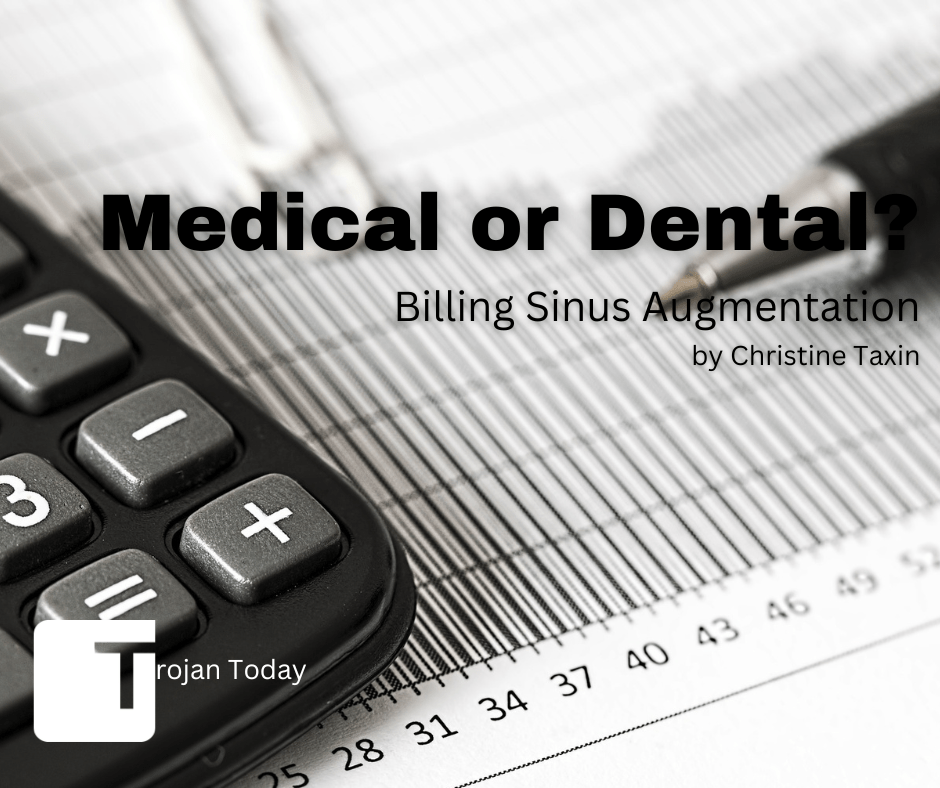What information do you need to choose the correct dental code for Sinus Augmentation, a.k.a. sinus lift?
There is more than one choice for billing a sinus augmentation to a dental carrier. To be sure you are selecting the correct code, read the descriptions carefully.
D7951 and D7952 are the two billing codes for sinus augmentation.
D7951 – Sinus augmentation with bone or bone substitutes via a lateral open approach
The augmentation of the sinus cavity to increase alveolar height for the reconstruction of edentulous portions of the maxilla. The augmentation of the sinus cavity to increase alveolar height for the reconstruction of edentulous portions of the maxilla. This procedure is performed via a lateral open approach. This includes obtaining the bone or bone substitutes. Placement of a barrier membrane if used, should be reported separately.
D7952 – Sinus augmentation via a vertical approach
The augmentation of the sinus to increase alveolar height by vertical access through the ridge crest by raising the floor of the sinus and grafting as necessary. This includes obtaining the bone or bone substitutes.
The purpose of using D7952 is to create access space and “build” bone in certain areas of the upper jaw (maxilla) where sinuses may inhibit the dentist’s ability to place specific sizes of implant(s). Once adequate bone levels are achieved, and sinuses are “out of the way,” implants may be placed later.
What happens when your patient’s dental plan doesn’t cover the procedure? Consider billing to their medical insurance.
Contact your patient’s medical plan. Use the medical codes below to confirm they are covered procedure codes. With medical billing, remember you will also need the proper diagnostic code to show it is a medical necessity.
21210 – GRAFT BONE NASAL/MAXILLARY/MALAR AREAS
Reduction of masseter muscle and bone (e.g., for treatment of benign masseteric hypertrophy)
21296 – REDUCTION MASSETER MUSCLE & BONE INTRAORAL
Reduction of masseter muscle and bone (e.g., for treatment of benign masseteric hypertrophy); intraoral approach
Training for billing medical plans is necessary to be sure you meet all the particular requirements to use the medical billing codes.
A diagnostic reason must accompany the procedure codes, and treatment must also meet a medical necessity. What is considered a medical necessity?
Medicare defines “medically necessary” as health care services or supplies needed to diagnose or treat an illness, injury, condition, disease, or its symptoms that meet accepted medical standards. Each state may have a definition of “medical necessity” for Medicaid services within its laws or regulations. Medical billing class instructors and seminar speakers can help with resources, so you stay up to date on your state’s requirements.
Here is an example of diagnostic codes that are on some insurance policies.
ICD-10 Diagnosis |
|
| All diagnoses, including but not limited to the following: |
M26.00-M26.59 | Dentofacial anomalies [including malocclusion] |
M26.70-M26.9 | Dental alveolar anomalies, other and unspecified dentofacial anomalies |
Q18.4-Q18.5 | Macrosomia, microstomia |
Q67.4 | Other congenital deformities of skull, face and jaw |
R13.11-R13.19 | Dysphagia |
Learning the particulars of medical billing may seem overwhelming, but it is an important step to a dental office’s success. You will be able to provide more covered services to your patients. With some training for billing what are traditionally dental procedures to a patient’s medical plan, you impact their decisions about dental care and increase their acceptance of treatment plans. Making decisions easier for your patient can only aid your practice’s bottom line.
Do a little research and find the best billing seminars, workshops, or online classes for your office and your schedule.

Christine Taxin is the founder and president of Links2Success, a practice management consulting company to the dental and medical fields. With over 25 years of experience as a practice management professional, she now provides private practice consulting services, delivers continuing education seminars for dental and medical professionals, and serves as an adjunct professor at the New York University (NYU) Dental School and Resident Programs for Maimonides Hospital.
FMI: www.links2success.biz or 914-303-6464
Read more from Christine Taxin:

